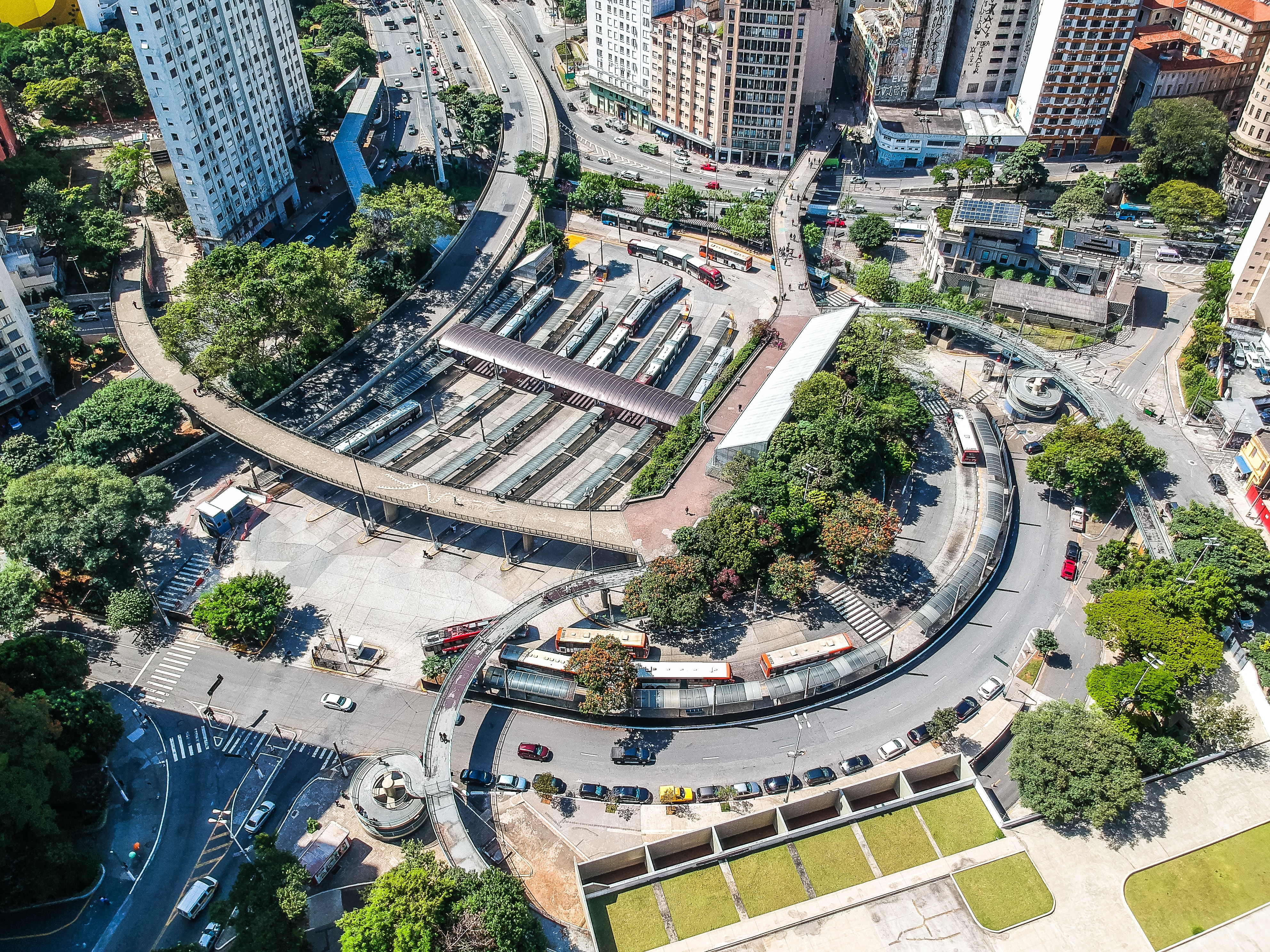Innovations in Smart Parking Taking Cities into the Future
Due to a steep increase in vehicular ownership, parking has become a time and resource guzzling task. Most motorists bear the stress of circling multiple times before finding a coveted spot. More often than not, one has to park far away and set on foot to get to the actual place of work. In today’s day and age, all the talk of making cities smart, won’t come to fruition unless the parking situation is sorted. Read more about innovations in smart parking.

What Is Smart Parking?
Simply put, this innovative parking solution uses a combination of technologies like IoT, AI, machine learning, etc. to determine and report on the availability of parking spaces to motorists in real-time. Information is accumulated through multiple sensors that are embedded in parking lots to create a dynamic parking map that motorists can access using their smartphones. Traffic law enforcement authorities also benefit from smart parking data, as it allows them to monitor traffic more closely and better identify parking violations.
Innovations in Smart Parking:
While real-time parking maps will be commonplace in the future, here is a list of other innovations in smart parking that are already in practice or are about to become a reality soon.
1. Tracking Sensors
Vehicle tracking systems use GPS or OBD sensors to collect data on cars to determine the occupancy of parking spaces. This information is then processed by the corresponding network server and shared in a readable format with drivers and car company managers. IoT is what forms the foundation of any vehicle tracking platform. As of today, this application is being used by large-scale corporations for automotive fleet management.
2. Automated Parking
An automated parking system or APS is capable of moving cars up and down inside a multi-story parking facility. Since it is automatic, cars do not require space for human drivers to get in or out during the process. This reduces the land used for parking and further optimizes the available space. APS facilities are not open parking lots and provide restrictive access, thus making them safer. The resource usage within such a facility is also optimal as very little light and ventilation is required to maintain and APS parking lot.
3. Parking Counter
A system capable of detecting vehicles entering and leaving a parking facility. This connected counting system will successfully provide motorists a count of available parking slots in real-time. Parking lot owners can also use automatic vehicle counters to predict future vehicle surges, determine trends and patterns, and improve the efficiency of parking facilities.
4. Safety Controls
IoT powered solutions can strongly reinforce traffic compliance. A network of sensors coupled with data processing algorithms and parking control systems can catch and report parking violations with visual evidence. Smart parking systems can also notify the offender and issue a parking ticket in a matter of seconds.
The Bottom Line
Smart parking applications are bound to have a positive impact on all stakeholders. Motorists will be equipped to reserve parking spaces in advance. Authorities will be better able to manage traffic and catch parking violations. Parking facility owners, as well as managers, will be able to better utilize the space and resources within their parking lot. Smart parking will be a win-win for all cities!

